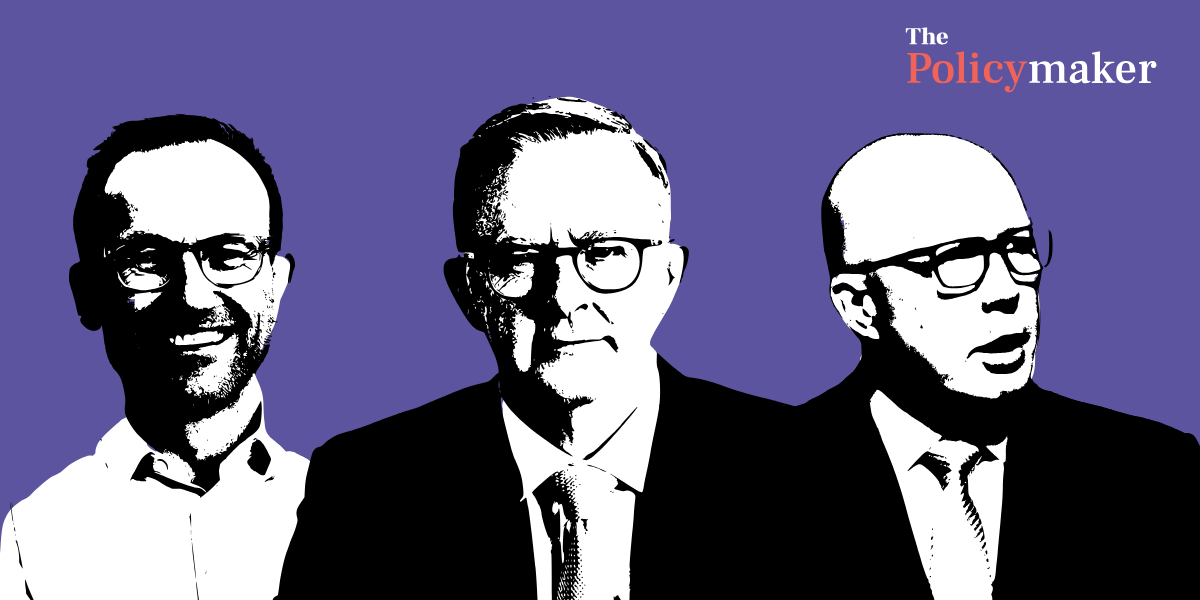8 October 2024
A warming climate, playing out in more extreme weather events in Australia, along with an ever-more complex operating environment for business means that government must continue to evolve its approach to innovation and industry policy. Current policy initiatives – such as Australia’s Net Zero Plan and the Future Made in Australia policy – are understandably oriented towards sustainability and resilience. However, there is an opportunity to be even more ambitious, pushing for regeneration in our society and the natural world. This next level approach – regenerative innovation – aims to future-proof our society and economy.
My research through Western Sydney University’s Urban Transformations Research Centre uses regeneration as a lens for innovative industry policy. In a recent publication with my research collaborator Neeta Yadav, we define regenerative innovation and outline its four different archetypes or classifications. This can help governments understand how to incorporate a regeneration approach across various policy domains.
Regeneration is linked to ecology and implies renewal, regrowth or restoration. It offers a novel perspective for public policy innovation that can transform organisations, cities, states and the nation. The concept is often linked to the circular economy and viewed as an evolution from the traditional “take–make–dispose” sustainability model. However, despite the linkages, regeneration is distinct from sustainability and circularity.
We define regenerative innovation as a novel product, service or process that goes beyond commercial value and seeks to address planetary health and societal wellbeing. In this conception, the value from innovation accrues first to “nature as the major stakeholder”, then to other stakeholders (such as government, society, customers, suppliers, investors and employees), and then finally to the organisation. This represents a more progressive approach than sustainability and circularity in terms of its value, stakeholder priority and holistic vision.
Regenerative value involves creating and delivering long-term benefits or gains above solely sustainability (implying responsible use of resources to avoid depletion for future generations) or circularity (involving waste minimisation through reuse and recycle). Regenerative value involves planned and active restoration, renewal and enhancement of resources for multiple stakeholders including nature, society, business and government. The regenerative vision is holistic as it focuses on replenishing and improving the environment and communities. It offers a pathway to ensure that all resources utilised, and environments harmed or destroyed (such as air, water, soil, climate, living organisms and biodiversity), are renewed and enhanced for future generations.
Four archetypes of regenerative innovation
Innovation for regeneration requires a shift from “business thinking” to a more holistic conception of “socio-ecological systems thinking”. Regenerative innovation can be achieved through the following four archetypes.
First, urban transformation innovation is a comprehensive approach to restore, renew and enhance urban environments through the principles of regeneration. It focuses on the regeneration of cities and urban environments using a socio-ecological systems approach to innovation. Australia’s Net Zero Plan focusing on achieving Net Zero targets in urban cities should not be the end goal, but rather just the first step toward urban transformation.
It is critical to embrace nature-based regenerative innovation terminology in urban environments and policy. For example, mandating regeneration by using natural materials in construction and buildings as much as possible, reintroducing natural habitats into urban spaces to restore biodiversity, and incorporating indigenous practices and local culture into healthcare and public spaces.
Several examples of regenerative innovation are emerging in city projects as part of the EU’s 100 Climate Neutral and Smart Cities by 2030. Turku in Finland is employing a collaborative strategy that involves local stakeholders and promotes a whole-of-society “mindset shift” towards nature-positive regeneration to accelerate progress. Bucharest in Romania has launched the URBANWISE program aimed at urban regeneration and enhancing local capacity.
Second, technological innovation seeks to regenerate nature and social wellbeing through technology. Examples include:
- Regenerative supply chains using Industry 5.0 technology.
- AI and Internet-of-Things innovations for smart active transportation and societal wellbeing.
- Electrification using renewables and technological innovations for autonomous self-sustaining homes.
Adopting indigenous nature-based technology solutions for agricultural production and soil preservation can also offer solutions. The core principle of regenerative technological innovation is to use technology for reducing waste and offering substitutes, as well as for renewing natural resources and enhancing societal wellbeing.
Third, responsible innovation focuses on regeneration through the convergence of technology, society, communities and nature. Examples include regenerative tourism practices bringing together local knowledge and communities and nature-based approaches that build an environmentally-conscious customer base. For example, Blue Penguins Pukekura, a regenerative tourism enterprise collectively owned by a Māori community in Dunedin, balances market-driven ecotourism with indigenous values by fostering socio-cultural collaboration, capacity building and economic resilience. Tourism destinations which require use of tribal land, such as in Fiji, require policies that ensure tourism businesses and hotels lease tribal land responsibly by contributing to preservation of local community culture and the renewal of the environment. Aligning tourism with indigenous values of communal wellbeing and nature renewal will also keep over tourism under at sustainable levels.
Examples from healthcare include the convergence of spiritual well-being, nature-based remedies, and health practices with modern medical science and technology. For instance, combining indigenous Indian practices of Yoga, involving mind and body well-being, and Ayurveda, involving natural herbs, with conventional treatments in cancer care.
And finally, business model innovation recognises the interdependence of government, business, human society and nature. This broader approach goes beyond sustainable or circular business model innovation (e.g., recycling or reusing or extending product lifespan). Innovation in regenerative business models aims to achieve positive overall impact that gives more to nature and society than it takes. Here regenerative leadership, shared value, justice and fairness are the core principles. For example, UK firm Notpla employs a regenerative business model that uses seaweed to create biodegradable packaging and products. Seaweed as a raw material does not compete with food crops, requires no fresh water, helps reduce ocean acidity and offers fishing communities a new source of income. A US firm, Guayakí, works with indigenous communities like the Aché people of Paraguay, and applies their practices to cultivate nutrient-rich Yerba Mate drink, restoring ecosystems as part of their regenerative business model.
Further examples of these four forms of regenerative innovation can be found in the full version of our research.
Towards a regenerative future
As Australian governments roll out various policies aimed at building sustainable and resilient economies and societies, we have an opportunity to include regenerative innovation in strategic planning documents and industry policy. Our research shows that regenerative innovation offers a comprehensive solution to the climate change crisis, supporting the United Nations Sustainable Development Goals.
Regenerative innovation firmly establishes nature as the primary stakeholder. This holistic perspective can empower government policy and go beyond Net Zero towards a more robust Net Positive Australia.
Dr Vanita Yadav is a Senior Research Fellow at the Urban Transformations Research Centre, Western Sydney University. With over 14 years of transdisciplinary experience spanning three countries – Australia, the USA, and India – she has expertise in innovation management, entrepreneurship, sustainability, strategy, business models and urban transformation. Vanita has been a Fulbright Fellow at MIT and an affiliate fellow of the South Asia Institute at Harvard University.
Image credit: Quality Stock Arts
Features
Libby Hackett, Jordan Ward, Jack Isherwood, Bonnie Bley, Hannah Lobb, Isabella Whealing and Hugh Piper
Subscribe to The Policymaker
Explore more articles
Libby Hackett, Jordan Ward, Jack Isherwood, Bonnie Bley, Hannah Lobb, Isabella Whealing and Hugh Piper
Features
George (Kev) Dertadian
Explore more articles
Libby Hackett, Jordan Ward, Jack Isherwood, Bonnie Bley, Hannah Lobb, Isabella Whealing and Hugh Piper
Subscribe to The Policymaker








